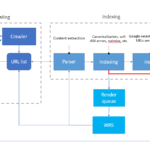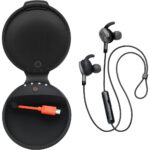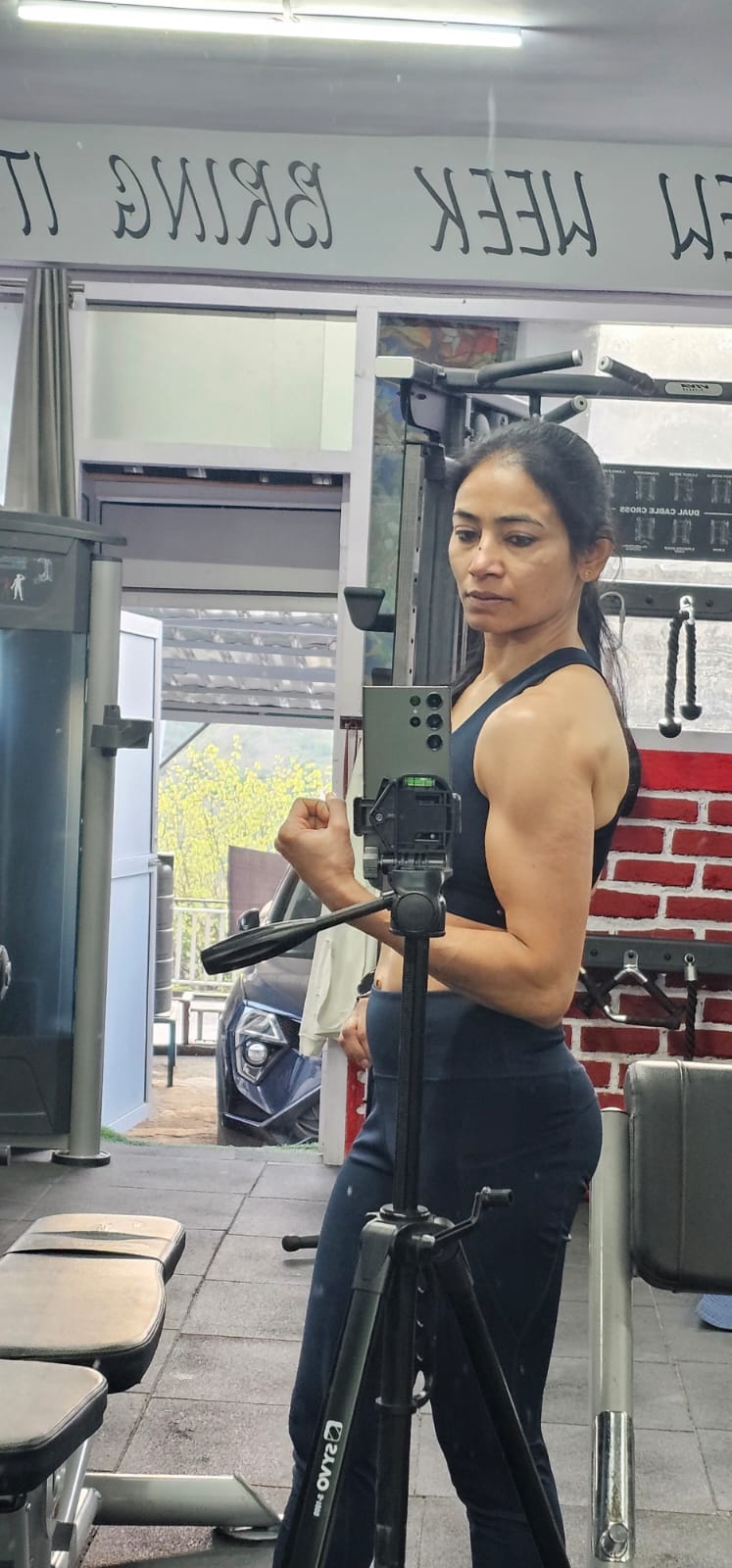How Long Should You Rest Between Sets?
By Sudipta Dash, Fittr Coach
Resting between sets may seem like downtime — but it’s actually an essential part of an effective workout. Whether you’re lifting heavy weights, trying to shed fat, or pushing through a HIIT session, the amount of rest you take can make or break your results.
So, how long should you rest between sets?
The answer isn’t one-size-fits-all — it depends on your fitness goals, workout intensity, and the type of training you’re doing.
Let’s break it down.
🔥 For Fat Loss & Muscular Endurance: Keep Rest Short (30–60 seconds)
If your primary goal is weight loss, maintaining a high heart rate is key.
Short rest periods of 30 to 60 seconds help maximize calorie burn and improve cardiovascular endurance.
✅ Why it works:
- Keeps your heart rate elevated
- Increases metabolic demand
- Burns more calories during and after your workout (afterburn effect)
🚨 Pro Tip:
Stick to compound exercises like squats, push-ups, or lunges to make your short rest sessions more efficient.
💪 For Muscle Building (Hypertrophy): Moderate Rest (60–90 seconds)
Trying to gain lean muscle? Your muscles need some time to recover — but not too much.
Rest for 60 to 90 seconds between sets to strike the right balance.
✅ Why it works:
- Allows partial recovery of muscle fibers
- Keeps muscle fatigue in check
- Maintains the tension needed to stimulate growth
🚨 Pro Tip:
Focus on progressive overload — gradually increase weights while keeping rest periods consistent for better gains.
🏋️♂️ For Strength Training: Long Rest (2–3 minutes)
Lifting heavy weights (around 85–100% of your 1-rep max)? Your body needs ample time to recharge.
Rest for 2 to 3 minutes between sets to let your muscles and central nervous system (CNS) fully recover.
✅ Why it works:
- Ensures full muscle recovery
- Improves performance in the next set
- Reduces risk of injury due to fatigue
🚨 Pro Tip:
Use the rest time to reset your form, regulate your breathing, and prepare mentally for the next lift.
🔁 For Circuit Training or HIIT: Minimal Rest (15–30 seconds or Active Rest)
In High-Intensity Interval Training (HIIT) or circuit-style workouts, the goal is to keep moving and elevate heart rate continuously.
Rest for just 15 to 30 seconds, or use active rest — light walking, marching, or dynamic stretching.
✅ Why it works:
- Keeps intensity high
- Builds stamina and endurance
- Improves aerobic and anaerobic capacity
🚨 Pro Tip:
Don’t completely stop — active recovery during rest improves circulation and keeps you in the training zone.
🧠 Listen to Your Body: Individual Rest Needs May Vary
While guidelines are helpful, always pay attention to your own recovery.
If you’re out of breath or your form is breaking, don’t hesitate to take a longer break.
If you feel recovered sooner, it’s okay to move ahead — especially if you’re training for conditioning.
🔄 Mixing Up Rest Periods Can Boost Results
Sticking to the same rest interval every workout? Try varying your rest times to challenge your body in different ways:
- Combine short and long rests based on exercise type
- Use supersets or drop sets with tailored rest
- Add active recovery to burn more while recovering
🚰 Final Thoughts: Train Smart, Not Just Hard
Rest is not wasted time — it’s strategic recovery that lets you get stronger, leaner, and fitter.
No matter your goal, prioritize:
- Proper form
- Adequate hydration
- Consistency over time
Stay in tune with your body. Rest smart. Train smarter.
💬 Have questions about rest times or workout structure?
Drop them in the comments or connect with me at Fittr!
Let’s build your fitness roadmap — one smart set at a time.
#FitnessFactsUncovered #RestTimeMatters #TrainSmartNotJustHard #FittrCoach #SudiptaDash #RestBetweenSets #WorkoutRecovery #FatLossTips #MuscleGainTips #StrengthTrainingBasics #HIITWorkoutTips









